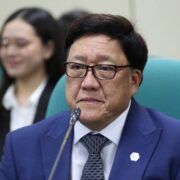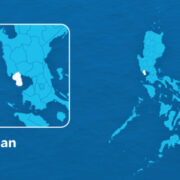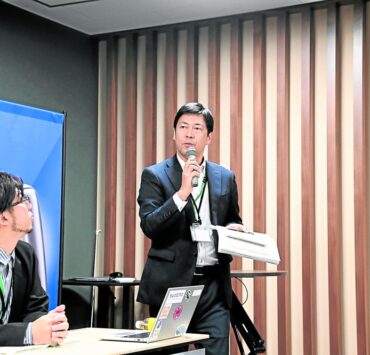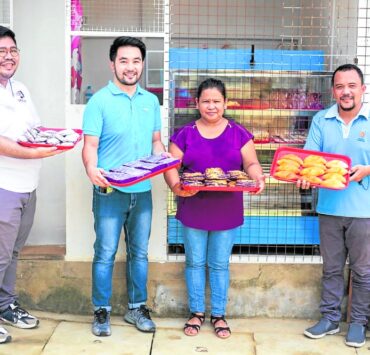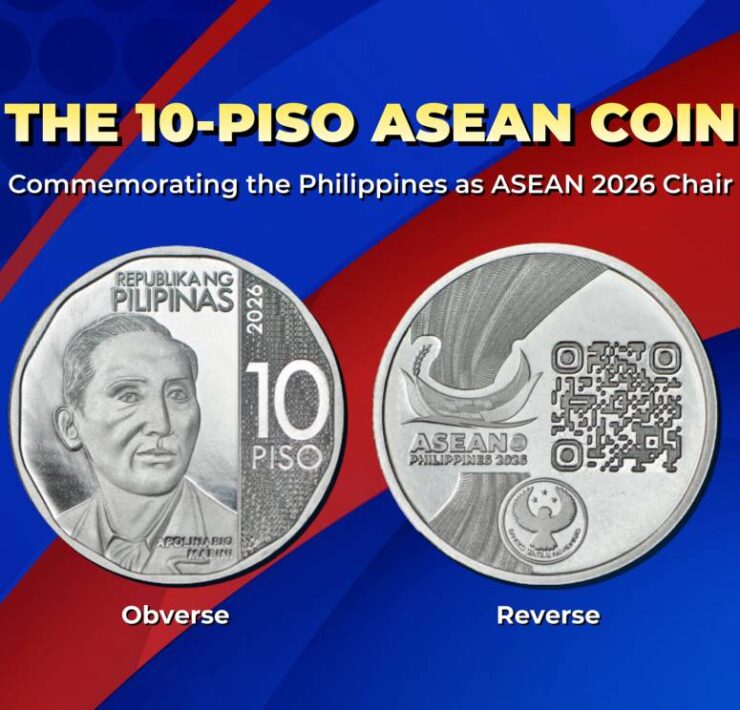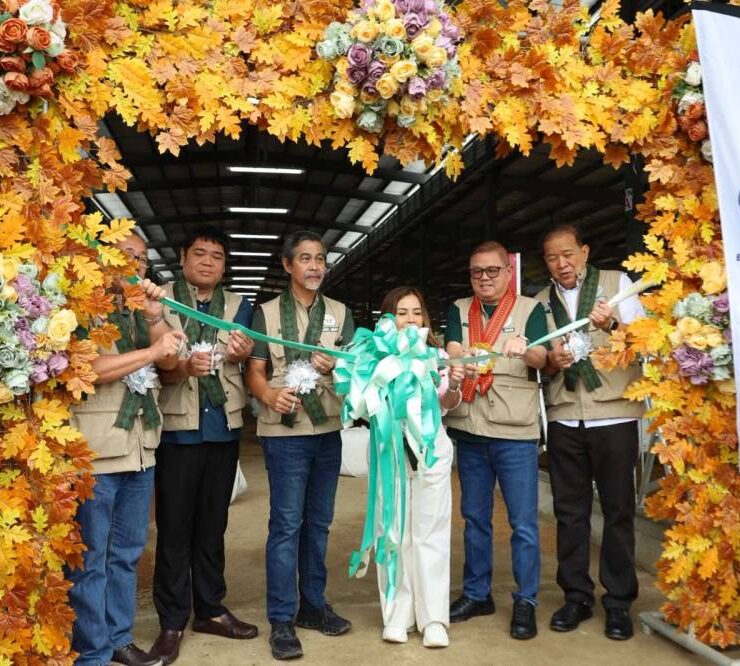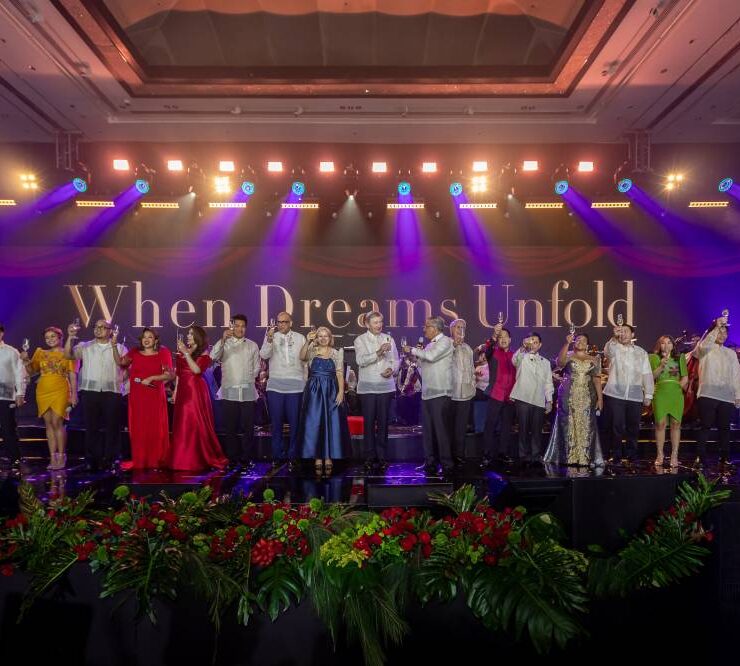Sansan in Cebu: Where Filipino vibrancy meets Japanese precision
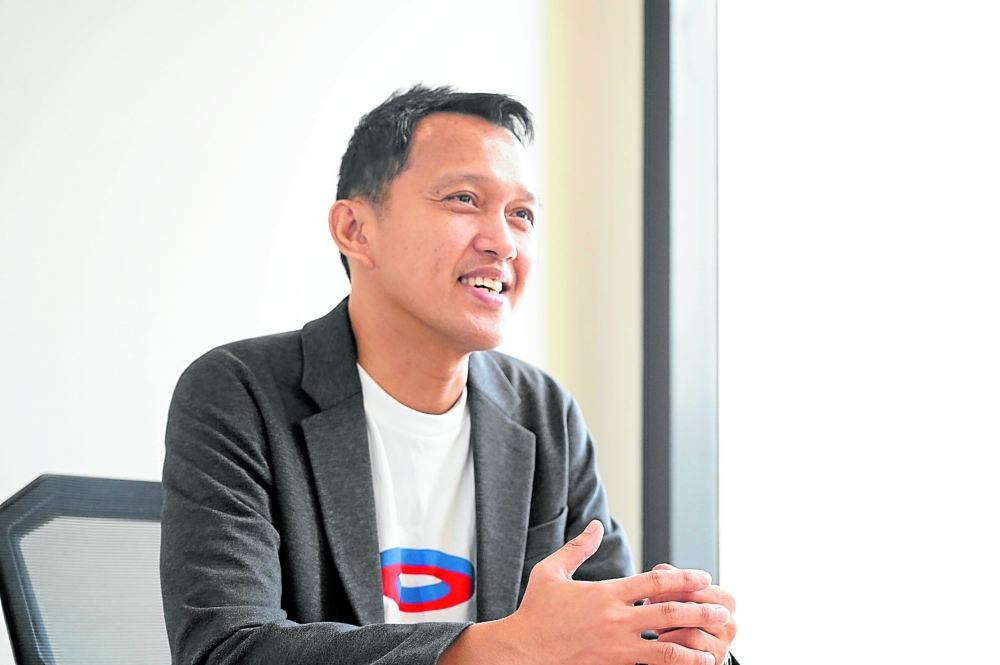
In a business that crosses international borders, establishing a workplace that harmoniously integrates different cultural strengths is both an art and a strategic imperative. It’s a feat that Jay Pegarido, the country manager of the Sansan Global Development Center in Cebu, aims to achieve every day.
This means showcasing to other companies the best examples of how the Japanese’ structured processes can seamlessly complement Filipinos’ adaptability and innovative spirit.
Headquartered in Tokyo, Sansan is a software company that develops cloud-based solutions to help businesses seamlessly manage its contact data information, sales history, billing and contracts.
The company’s flagship product revolutionized business card management in Japan, where the exchange of business cards remains a crucial cultural practice. Their contact management system digitizes these important connections, creating a searchable, updatable database that keeps professional networks alive and current.
As Sansan expanded its reach across Asia, establishing presence in Singapore and Thailand through sales and marketing teams, it recognized the need for additional technical talent to support its growing global ambitions. The search for a new development center led them to consider various Asean locations, including Vietnam, India and Malaysia. However, the Philippines, particularly Cebu, emerged as the ideal choice, Pegarido says.
“When expanding globally, we needed international resources to support the team,” he adds. “The Philippines stood out for several key reasons—our strong English proficiency, strategic location between Japan and Singapore, and most importantly, our rich pool of IT talent.”
Citing a research, Pegarido says the Philippines produces 20,000 to 30,000 IT-related graduates yearly, providing a robust talent pipeline for tech companies.
More than having exceptional technical talent, Pegarido says the core of Sansan’s success in the Philippines is how the local culture, described by Pegarido as generally vibrant and dynamic,” blends well with the Japanese philosophy of Kaizen, or continuous improvement.
“Filipinos are known for our adaptability, and we are resourceful and optimistic,” Pegarido says. “Our unique approach is to maintain a balance of structured processes and flexible problem-solving. This synergy has boosted our ability to innovate and maintain strong collaboration across teams.”
The company also deliberately dismantles traditional hierarchical barriers by cultivating an open and accessible leadership environment.
“There is a structure for company purposes,” Pegarido explains, “but the environment itself is very flat. I want to sit near my team, keep my door open. Our calendars are open—if they want to talk to me, they can.”
Katachi approach
This is driven by the “Katachi” approach, Pegarido says, referring to another Japanese concept of having an open platform where employees can voice their ideas, share their insights and align their shared values. Every Monday, for example,
team members share their interpretations of Sansan’s core values, such as “Don’t fear change and challenge yourself.” and “Leverage all strengths,” to create a deeply participative work culture.
The company likewise invests in quarterly team buildings, monthly “People’s Power” events, and creates opportunities for personal growth, says Pegarido. “We give chances for team members to speak in front, to talk, to keep them involved and aware.”
‘Office-centric’
In an era of remote work, another factor that differentiates Sansan is the company’s bold stance of having an ‘office-centric model.
“We promote an office-centric environment for communication, more face-to-face and social interaction,” Pegarido says. They still have two days when they can work from home, but are required to be at the office for the rest of the week, as Sansan highly promotes prioritizing personal connections over pure productivity metrics.
For organizations that are seeking to expand globally, Pegarido says the key component is to look at cultural differences not as obstacles, but as opportunities for innovation and mutual understanding.
“The art of cultural integration requires empathy, intentionality, and a genuine commitment to understanding different perspectives. Our approach is about creating an environment where ‘Filipino vibrancy meets Japanese precision’ – transforming potential cultural challenges into a powerful competitive advantage,” Pegarido says.





